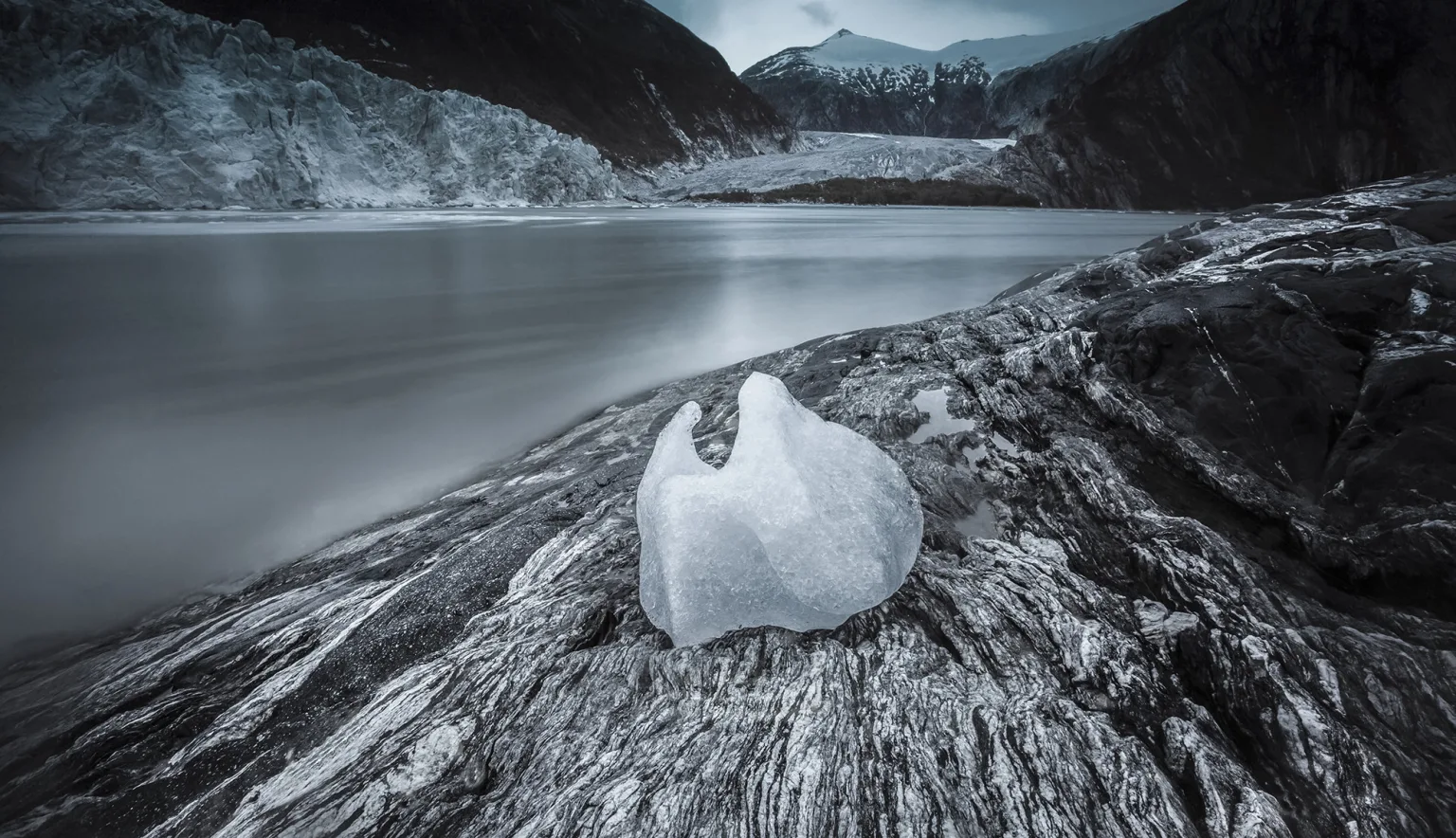Whether guiding groups of photographers through glacial terrain or penning her latest book, Nori Jemil knows her way around a camera. We discuss dismantling stereotypes and the tireless thirst for travel with the acclaimed photographer.
NORA JEMIL
Nori Jemil is no stranger to remote, tough conditions – working as a photography tutor in the wild reaches of Patagonia and specialising in travel, landscape and location photography. Although based in the UK, Nori brings to her photography a wealth of personal travel experience. She first mastered her craft whilst backpacking through South America, and it is this traveller’s perspective that brings her work to life. Jemil’s photographs encapsulate an obsession with the endless thrill of covering and capturing new ground.
Today, her work as an established photographer and videographer regularly features in the likes of National Geographic Traveller UK, Lonely Planet, BBC Travel, and Adventure.com. Throughout her career thus far, Jemil has amassed several awards, including Photographer of the Year from the British Guild of Travel Writers, and Travel Photograph of the Year by Wanderlust Travel Magazine.
Working in what remains a male-dominated industry, Jemil herself is passionate about challenging the prevailing stereotypes surrounding our associations of what a travel photographer should look like and seeks to redress the balance. Despite an acclaimed reputation, Jemil is not precious about her practice and shares her skill with others both through guiding and teaching work, and now in print.
Indeed, we catch up with Jemil as she adds yet another string to her bow; photographer, videographer, guide, teacher, and now, author. The recent publication of her new book, The Travel Photographer’s Way, offers an inspiring story-led companion for anyone keen to combine a thirst for the unknown with a passion for photography, offering practical steps to encourage confident and reflective photographers.
Q&A WITH NORI JEMIL
Can you give us some insight into your career and how you first became interested in photography?
Nori Jemil (NJ): I honestly can’t remember a time when I wasn’t interested in photography. As a very small child I coveted my dad’s 35mm film camera and was sometimes entrusted to take the odd family snap. When dad was at work, I used to sneak into his room just to take it out of its brown leather case and look at the dials (it might be why I love my old, retro mirrorless Fujifilm camera so much). I loved art too and would spend hours creating portraits in charcoal or doing mini landscapes in oil – quite rough renditions to start with, but I was learning about composition and light.
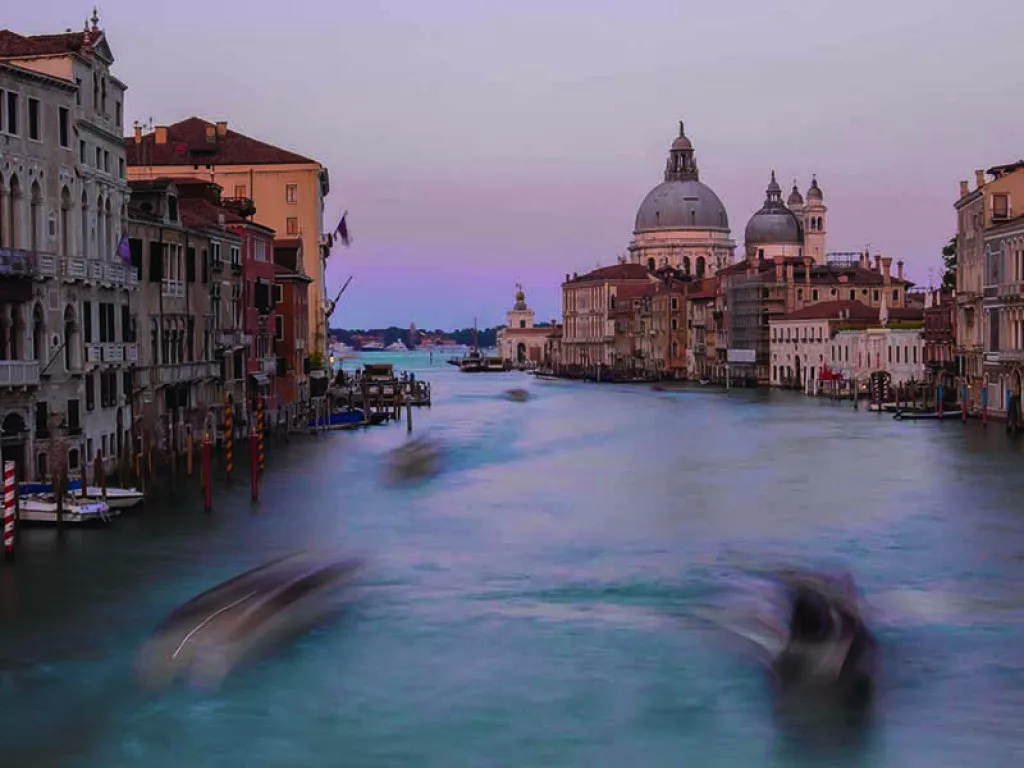
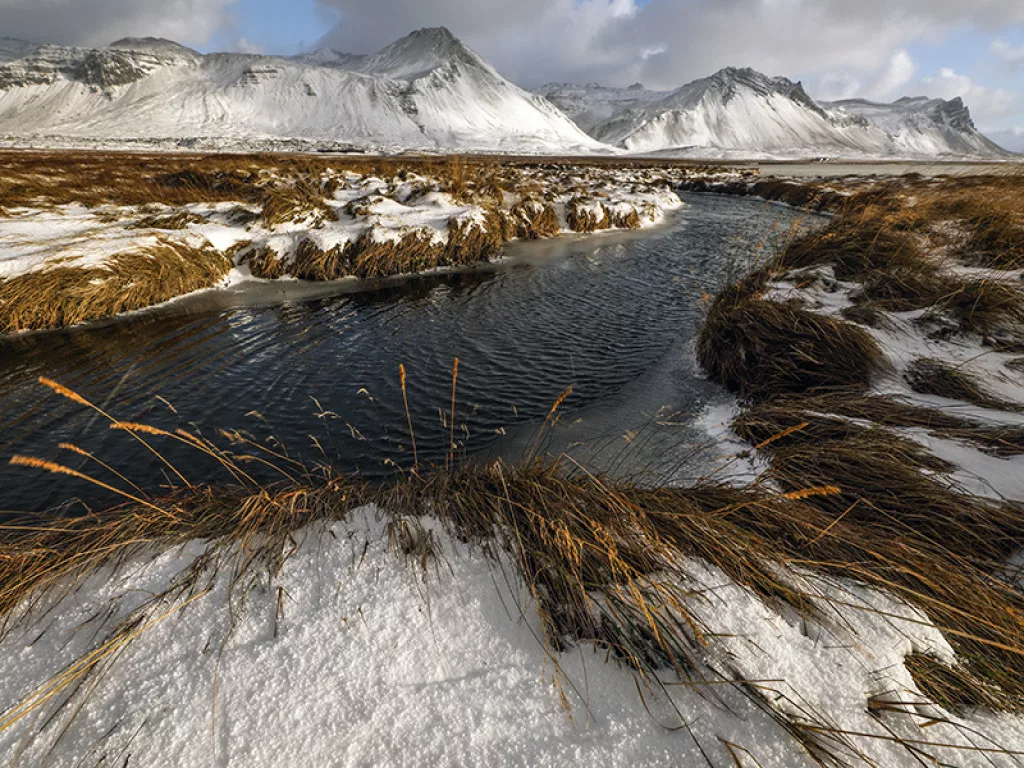
What do you find most exciting about being a travel photographer?
NJ: Having come into the industry as a traveller, backpacking my way around South America, it’s still the thrill of new places that does it for me. Planning to go on assignment, doing the research and getting the right kit together is still exciting, yet however much I prepare in advance, I know that the dynamic on the ground means I can’t anticipate everything that’s going to come my way. Landing in a new environment, even if that’s a town in your own country, can be intoxicating. New air hits you, with sometimes unfamiliar sights and sounds – it’s why we love to travel.
Conversely, I also try to return to familiar places. Pre-pandemic, I worked in Chilean and Argentine Patagonia every year, and being able to dream about or previsualise the images I know are within grasp is also exciting.
I’m a firm believer in right place, right time – and that being attuned to your surroundings allows for much better imagery.
The interactions with people you meet while working are also one of the highlights of the job. I’m extremely fortunate to have the chance to travel and work for great print and digital magazines.
On the flip side, what are the biggest challenges?
NJ: Some of the biggest challenges concern the equality of opportunity. It’s an expensive business, despite camera technology becoming lighter and smaller. I was lucky enough to win a competition or two and get noticed, and be able to afford my own equipment in the first place. But becoming a travel photographer isn’t something you just fall into, and it’s certainly not an option for every kid on the planet – I’m very aware of that when I’m working around the world with hugely expensive gear.
I find there’s a bit of unconscious bias about what a photographer should look like – and I have been met with the assumption on more than one occasion that women are possibly not as technical or strong enough to do the job – which, of course, is utter nonsense.
I follow the work of Equal Lens which is attempting to address the gender imbalance in the commercial photography world. Although it is changing, I think I’ve had to work longer and harder to get to where I am now, when I compare myself to male contemporaries who’ve trodden a similar path. You must be prepared to keep going, stay positive and work that little bit harder. If you’re good, you will get there eventually.
Having travelled to many different countries for work, what has been one of your favourite places to capture? What can you tell us about it?
NJ: As a resident of Chile for six years, the country quickly got under my skin. Everyone knows it’s a long, thin land, with a topography of mountains and coastline that run its length. In between there’s everything from fertile valleys and vineyards to small pueblos and forest. The high altiplano passes that cross into Bolivia or Argentina are some of the wildest, most beautiful places I’ve ever seen, while the Atacama Desert and the southerly tip at Tierra del Fuego add to the diversity that makes Chile many photographers’ dream location.
Similarly, it’s the wild, remote, pindan cliffs and red earth in Western Australia that make this another favourite location. My parents live in Perth, and I’ve been photographing there for years, travelling up to see humpbacks at Ningaloo Reef, the star-filled skies in the Kimberley’s Gibb River Road and indigenous-owned lands at Cape Leveque. Those two places will always tug at my heartstrings and vie for attention with the obvious attractions of extreme, cold places like Antarctica, Iceland and the Arctic – my long-time dream destinations.
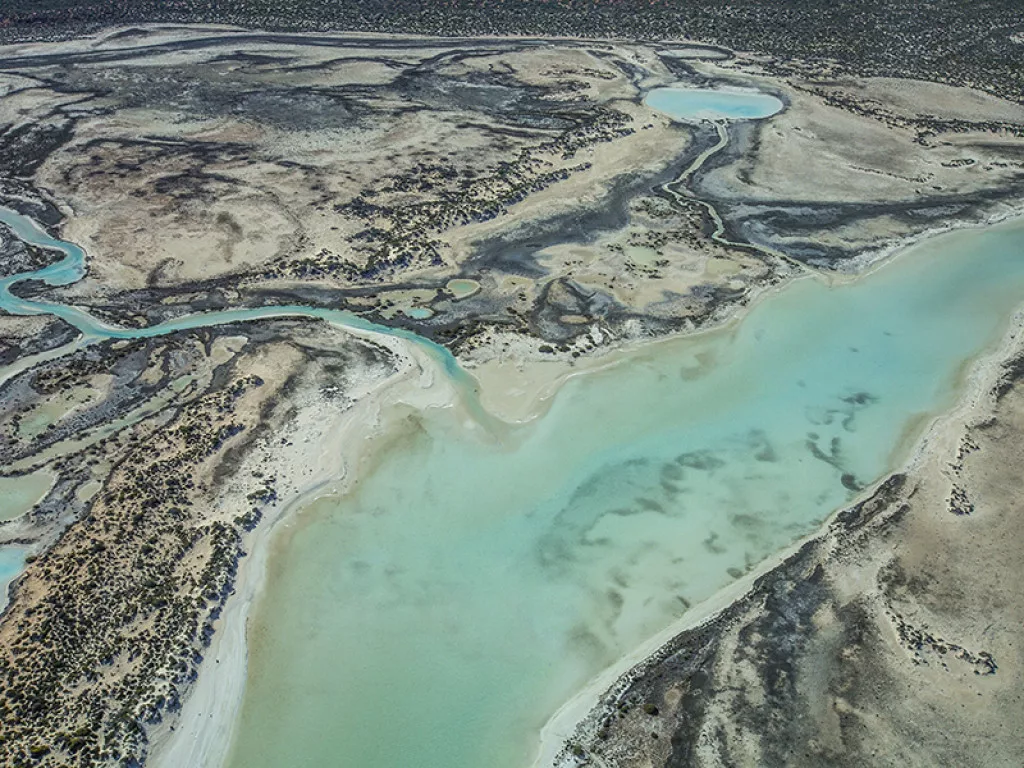
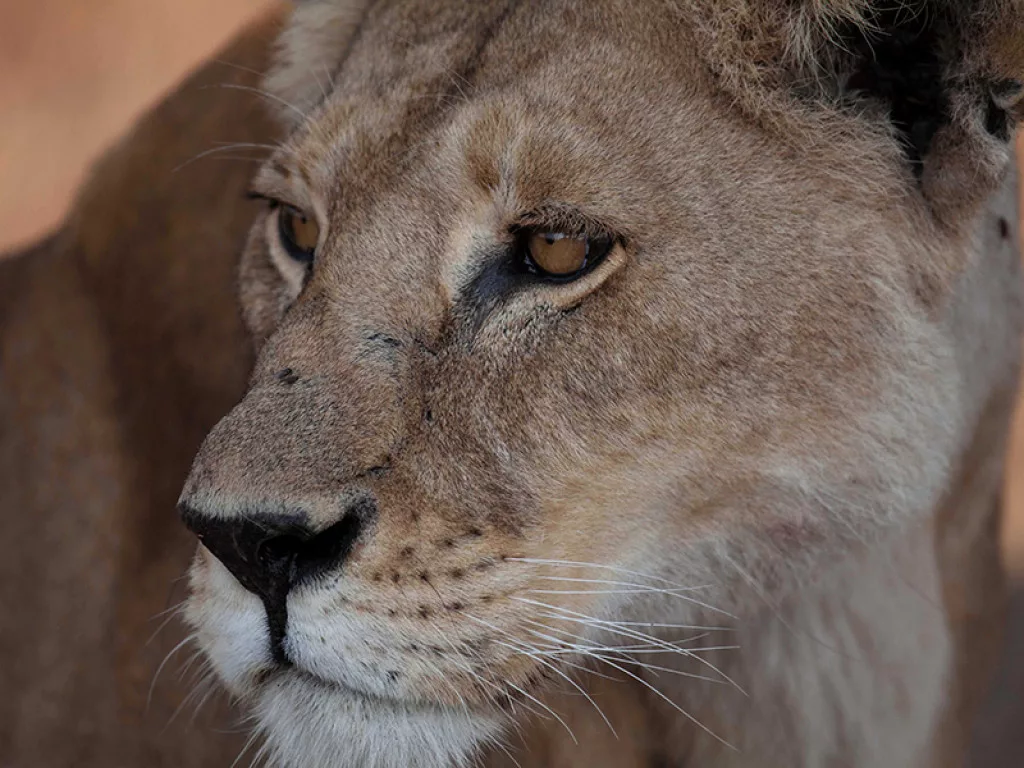
Could you tell us more about your book, The Travel Photographer’s Way?
NJ: I had the idea to write this a couple of years ago, but it was only in early 2021 that I got the green light, after COVID-19 restrictions started to lift a little. After graduating with degrees in English and drama, I’d always worked with words – in publishing, as a copywriter, and then as a literacy consultant and English teacher – so it came naturally really to combine a love of books and writing with my career in photography.
The Travel Photographer’s Way takes the reader on a journey around the world, visiting the seven continents with each main section focused on a particular kind of travel imagery – for example, a chapter on photographing wildlife centred on Africa. Each chapter has key images and the stories behind them, then moves on to fundamental technical advice, with two assignments to practise skills. It builds in technical difficulty, so you could start as a novice, and become quite adept by the time you reach chapter 10! The opening sections focus on preparing to take a trip, organising kit and knowing your camera, while the final part explores how you edit, archive or even publish your work. It features 200 colour photos, interviews with other brilliant photographers at various stages of their careers, and a lot of quotes from everyone from Susan Sontag to Nietzsche!
From teaching and guiding, it’s my feeling that experiential, bite-size learning is preferential to didactic lectures or complex text. We learn as we go, so the book is designed as a kind of travel companion, small enough to put in your daypack and hopefully a good read so you don’t even notice you’re learning as you reflect on the practice of travel photography.
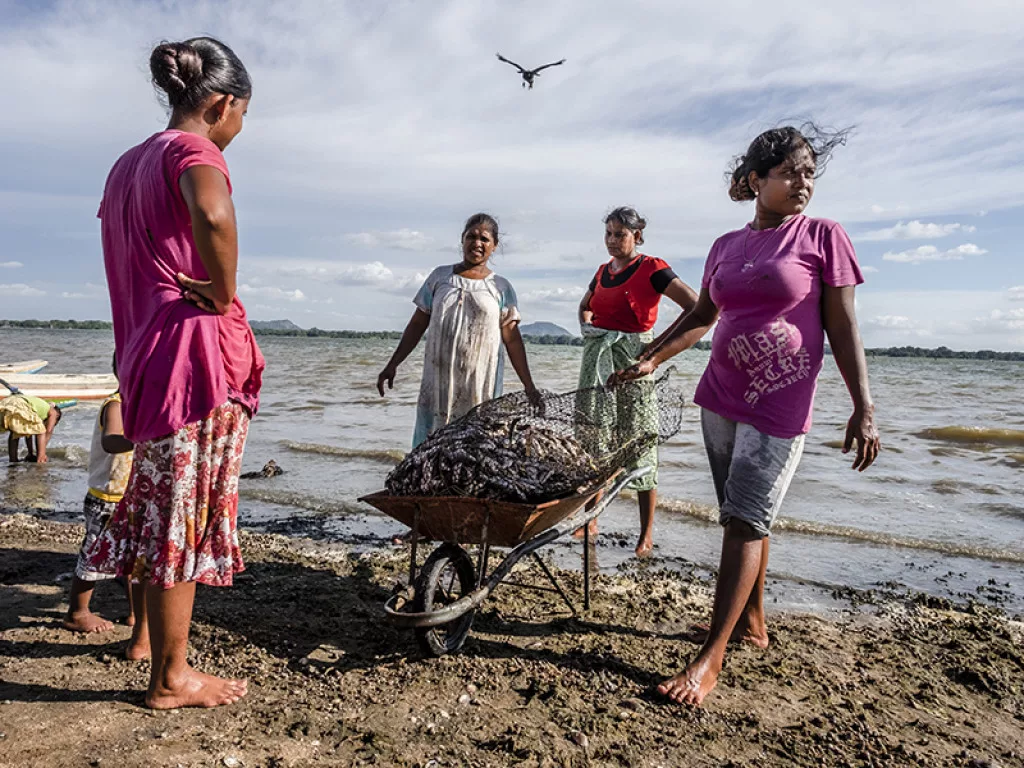
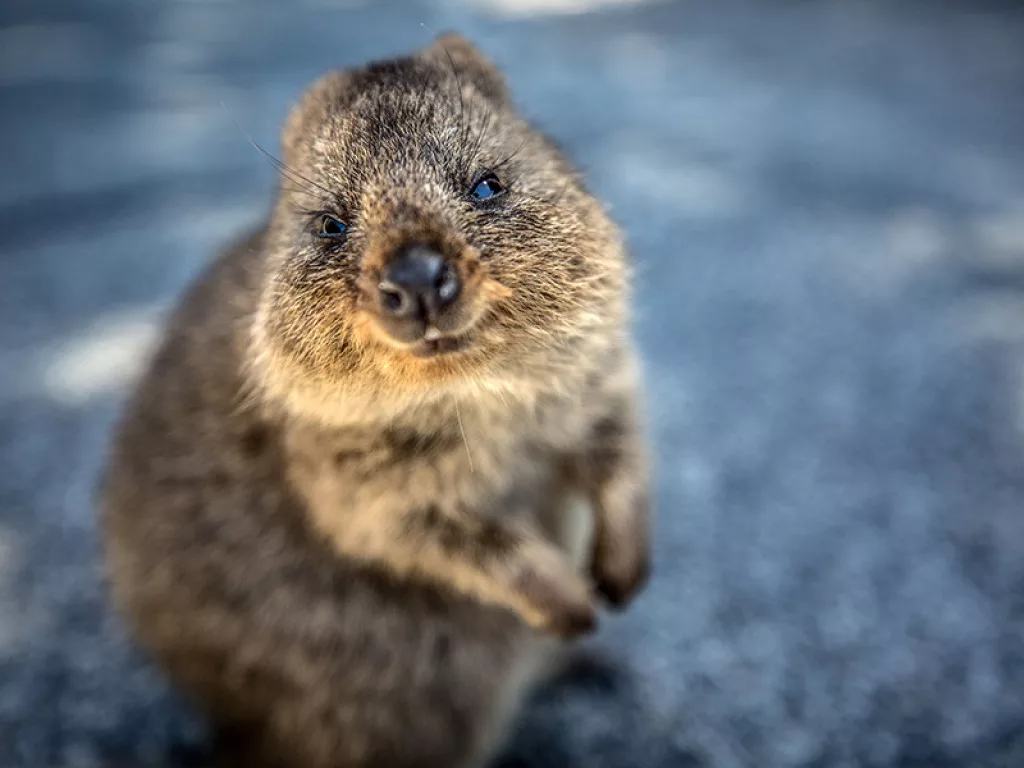
Are there any interesting assignments or projects you’ve been involved in over the past few years that you’d like to highlight?
NJ: I’ve been working in the far south of Chile for many years now, documenting issues around climate change and conservation. I’ve produced photojournalism about Chile’s Route of Parks – the massive effort to protect the country’s national parks and wild spaces for future generations – and interviewed experts about the melting of Arctic permafrost. There’s obviously a dichotomy between travel being detrimental to the planet, but also a force for good, raising awareness about and funds for conservation.
I also have a few projects that I’ve been working on in recent years – one of which is photographing the Catalan tradition of human towers, or castellers. Obviously, with the pandemic, these crowded festivals haven’t been taking place, but when they do I will be back in Spain with my camera to continue the work.
How has life and work been for a travel photographer whilst navigating the COVID-19 pandemic?
NJ: I’ve been working on my book throughout 2021 and am now busy doing talks and signings. Though a lot of great opportunities fell away in 2020, including some new partnerships and overseas guiding trips, I continued to produce features I’d captured before the lockdowns, and even got to Portugal to do some filming for Times Travel, as well as Dubai.
There have also been quite a few online opportunities too, from National Geographic Traveller’s Masterclasses, which I’ll be presenting at again in January 2022, to photography workshops and tourism board events. I’ve been a judge for a couple of photography competitions, including the amazing Explorers Against Extinction’s Focus for Survival, which managed to headline as an exhibit in the main hall at COP26 in Glasgow. Now that the book is finished and making its own way in the world I can head off with my camera without feeling guilty, and start to get some images for the next one!
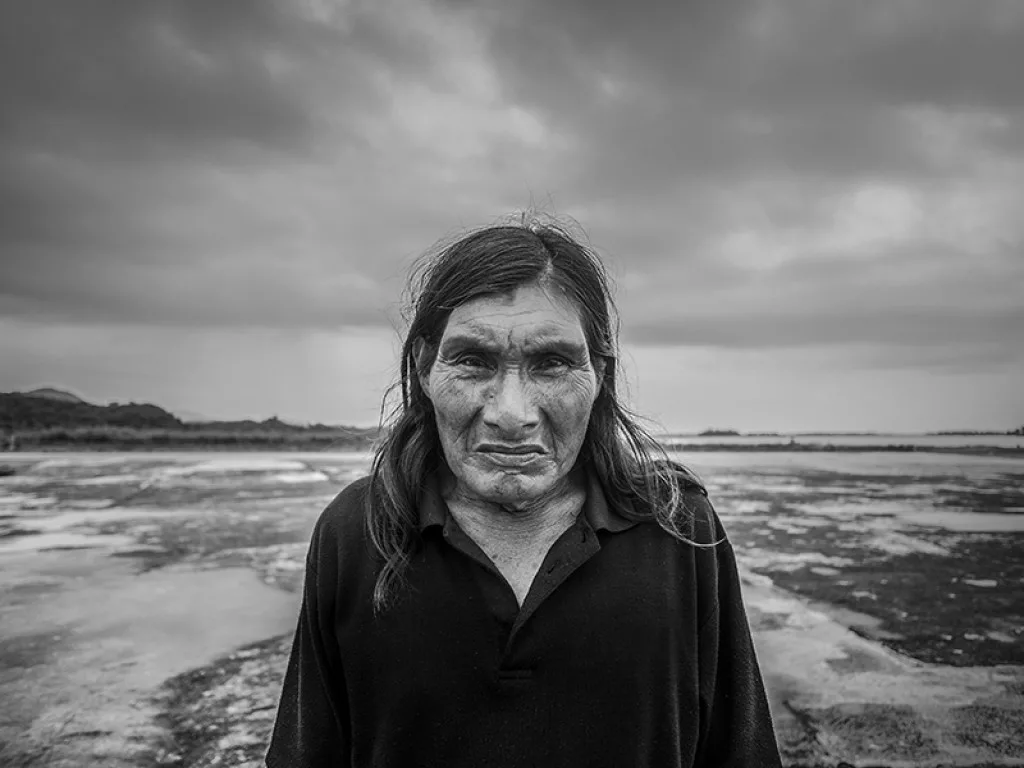
What’s next for the future? Where would you travel to that you haven’t had the chance to yet (home or away!)?
NJ: A couple of years ago I’d have said parts of Canada and the United States to get images for my book, and that still holds true. Namibia has been on my radar for a very long time, and Japan would be a dream assignment. I think that as the world looks more towards climate issues, it might be that local photographers stick to their own patch. It certainly seems that during the pandemic, magazines have been seeking out destination specialists. I’d be happy to work closer to home, and if that meant moving to Western Australia and calling the Cook Islands, Fiji and New Zealand my ‘local’ area, that might be something worth considering!
HOW I GOT THIS PHOTO
“Whilst guiding a group of photographers at Pia Glacier, Tierra del Fuego, they had rightly been excited about capturing the ‘hero’ rock star shots of dramatic blue ice and crashing waves at the face of the glacier. But looking the other way towards the quiet lagoon as I waited to be picked up by a Zodiac, I saw this simple, serene, almost monochrome composition, and took one last frame before packing the tripod away.”
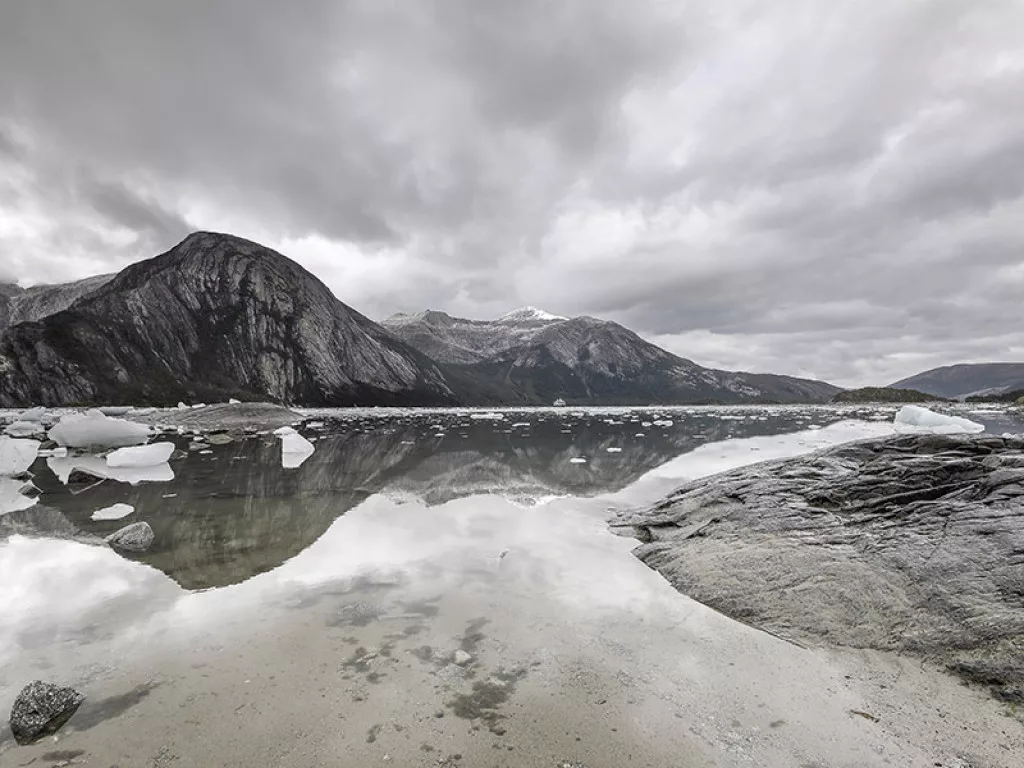
CONNECT WITH NORI JEMIL
You can purchase a copy of The Travel Photographer’s Way here.


